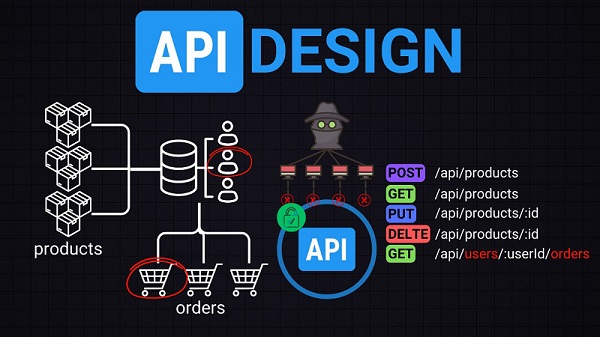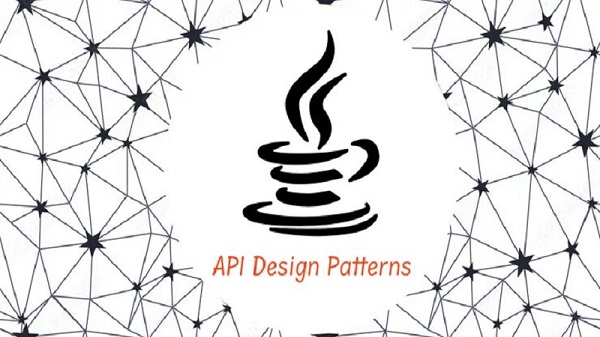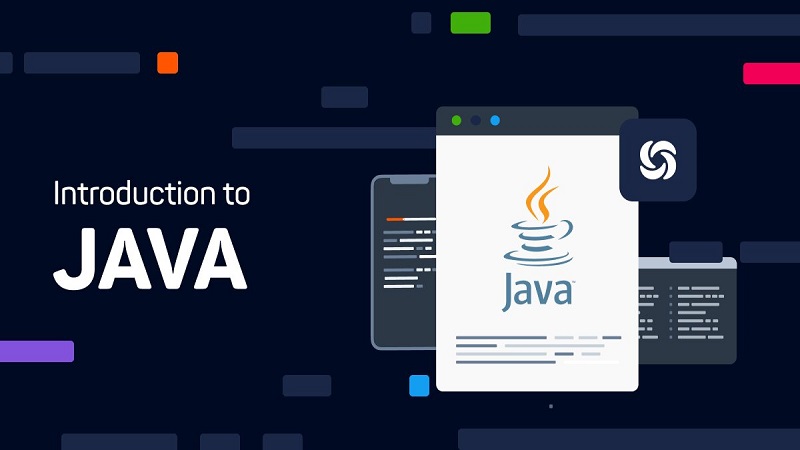Design shapes for Application Programming Interfaces (APIs) are an essential feature of software expansion that allows developers to make code that is reliable, accessible, and refillable. With the increase in approval of cloud computing and microservices, the progress of a well-organized API has developed to be as significant as it has ever been.
This blog will give you beneficial insights into the best practices and enterprise ideas that might help you in the making of APIs that are modest to use, preserve, and enlarge. It does not matter whether you are a knowledgeable developer or if you are just someone who has begun your journey with API design.
Making an API that is steady, ascendable, and meek to use may be a thought-provoking task. Here, we will see few well-known API design patterns that have been shown to help designers in custom software application development solutions that are responsible and worthwhile. Let’s check out more about the world of API design patterns!
API Design Patterns: A Quick Overview
The APIs, make it possible for numerous apps to attach and change data. This allows developers to construct complicated systems that can function together without any problems. Building application programming interfaces (APIs) that are dependable, scalable, and simple to use may be a challenging task. Through the use of API design patterns, it is fortunately not necessary for it to be a hassle. Developers can construct solid APIs more quickly with the assistance of Design Patterns in Java, which provide a collection of pre-established answers to typical API development issues.

Image Credit: Medium
When it comes to building application programming interfaces (APIs), you may think of them as a blueprint or a collection of reusable solutions that can be used to tackle common issues. In the same way that software is referred to as a design pattern, design patterns are specific system structures that may be utilized to address software challenges that are often encountered. In addition to learning how to develop the singleton and adapter design patterns, you may investigate the creational and building design structures, as well as the execution of every one of these specific patterns.
Best Practice of Adopting API Design Patterns
There are various principles of API design, which are enumerated below:
1) Match between the System and the Real-Time World
In developing an interface that suits the user’s planet model, the interface can be used by all users. The motto is to cut back on a large number of things that are used currently. By deleting hordes of things, users can learn design patterns in Java with ease. Interfaces that feel familiar can be used without hassles.
2) Visibility of System Status
In a vivid interface that is designed graphically, users are likely to get confounded when the system fails to give proper reviews or results. For instance, if you press a button and it does not respond, it would make a user wonder whether the button was pressed correctly or not. The interface needs to give accurate information on time.
3) Learning a Way to Use API Extremely
It advises users to learn the basics of the interface. It will feature every part of the API. You can send a message in the format and question in the parameters form in the interface which will look like a type of presentation of a document. Every style of API will tell you to develop a specified rule that users will be able to grasp while learning design patterns in Java.
4) Consistency and Standards
Stability is a pivotal part of a style of interface. The basics are changing constantly, which makes a user think it is a shocking thing and can make one leave in a frustrated situation. The cost of instability of the interface is too high within the area design of API. It is essential to know that every instability will end up in an extra code that needs to be jotted down so that it can be tackled easily by those who happen to be the edge cases. This type and use of constantly changing API will affect the developer or professional of API.
5) Flexibility and Efficiency of Use
A highly flexible interface will help provide various users who may likely have desires alike. It is important to note that square measure functions in a different type altogether. The top class instance is a user who uses a graphics interface application, which has shortcuts in the keyboard that can be used regularly with the help of communications. As you copy and paste, you will be able to make use of a system of menus. In such a situation, if it goes on and remains the only possibility, the upcoming operation of copy-paste can be disgusting.
6) Error Prevention
When it comes to an API, errors can be a problem throughout the development of a customer. The use of API is improving with every passing day if you can delay every type of error that takes place. API, which provides the flexibility, needs to present an interface that can be used with ease, especially for the users who are at the initial stage.
The API Documentation and Developer’s Biggest Concerns
The documentation for an Application Programming Interface is a reference that explains how to integrate and interact with a particular API. In addition to describing requests and answers, it also includes error messages and other crucial information. The community of developers is a very enthusiastic group. Even if the product itself is excellent, the reason customers do not like an API is almost always due to the documentation. The following is a list of frequent problems that developers have while working with API documentation. Through the use of design patterns in Java, it is possible to generate many kinds and representations of an object while utilizing the same building code.
The writing is not written in a straightforward human language. In the case of documents that are either automatically created or disregarded by their producers, this is a regular issue. Even though many documentation-generating tools are doing an excellent job of commenting on the code, they are not capable of taking the place of genuine explanations written in English by a developer or a technical writer.
Almost no code examples are included in it. In this case, the explanations are many, but there are just a few samples of the actual code. This is another extreme of the spectrum.
The only people who can access it are registered users. Using this less-than-slick strategy will not help your marketing efforts in any way. It just irritates those individuals who, like any sensible person, want to know what your API performs before determining whether or not they want it.
It is too lengthy, it cannot be located, it is wrong, and it has not been updated in years, and so on. This is nearly as vital as developing a robust API. Mainly because poorly written documentation or documentation that cannot be located by just searching for “Product API” is causing the whole development effort to fail. If you are interested, we have previously provided an overview of the particulars of technical documents in general.
Types of Java API Design Patterns

1. RESTful
These application programming interfaces adhere to a set of principles that emphasize statelessness, standard interfaces, and resource-based application URLs. Because of its ease of use and scalability, this design is often used for application programming interfaces on the web. GraphQL app programming edges, on the other hand, give users more tractability by letting them request just the data that they require, which eventually results in quick and effective data retrieval.
2. SOAP
API’s that make use of the Simple Object Access framework (SOAP) offer a consistent outline for the altercation of structured information in a dispersed and distributed setting. In contrast, Remote Procedure Calls (RPC) are made to invoke measures or functions via a system. This makes them suited for real-time applications and remote procedure calls.
3. Composite Design Pattern
The Composite design pattern is advanced in the Java API that alters the object’s structure. This pattern is principally used in situations when you are required to operate things that are prearranged in a classified structure, such as a tree. Within the tree structure, every node or piece, with the exclusion of the root node, is categorized as either a compound node or a leaf node. The application of the composite pattern lets clients reliably manage individual objects and arrangements.
4. Facade Design Pattern
The Facade Design Pattern is classified as a Structural design pattern, among other designs such as the adaptation pattern and decorating pattern. This Java API Design Pattern facilitates seamless interaction between client applications and the system. It can be implemented at any stage of development, often as the number of connections increases and the system becomes more advanced.
5. Abstract Factory Pattern
The abstract factory design eliminates the need for an if-else block by implementing a factory class for each subclass. Additionally, an abstract factory class is created to return the appropriate subclass depending on the input factory class.
Conclusion
In this complete blog post, we have researched unconventional perceptions that can raise your programming skills to another level. Eventually, Java development outsourcing can give planned benefits for firms who are seeking to stay modest in the present fast-paced digital landscape.
Frequently Asked Questions
1) Which Java Collection API advanced design patterns are common?
The Java Collection API uses sophisticated design patterns, including Iterator, Observer, Decorator, Strategy, and Composite.
2) How does the Observer design improve Java collection functionality?
Observer objects may subscribe to and watch changes in objects around them. The Observer pattern may alert interested parties when a Java collection’s status shifts, allowing them to respond.
3) What are Java Collection API design patterns?
Design patterns solve typical software design issues. Design patterns enable Java Collection API developers to handle collections to meet objectives.





